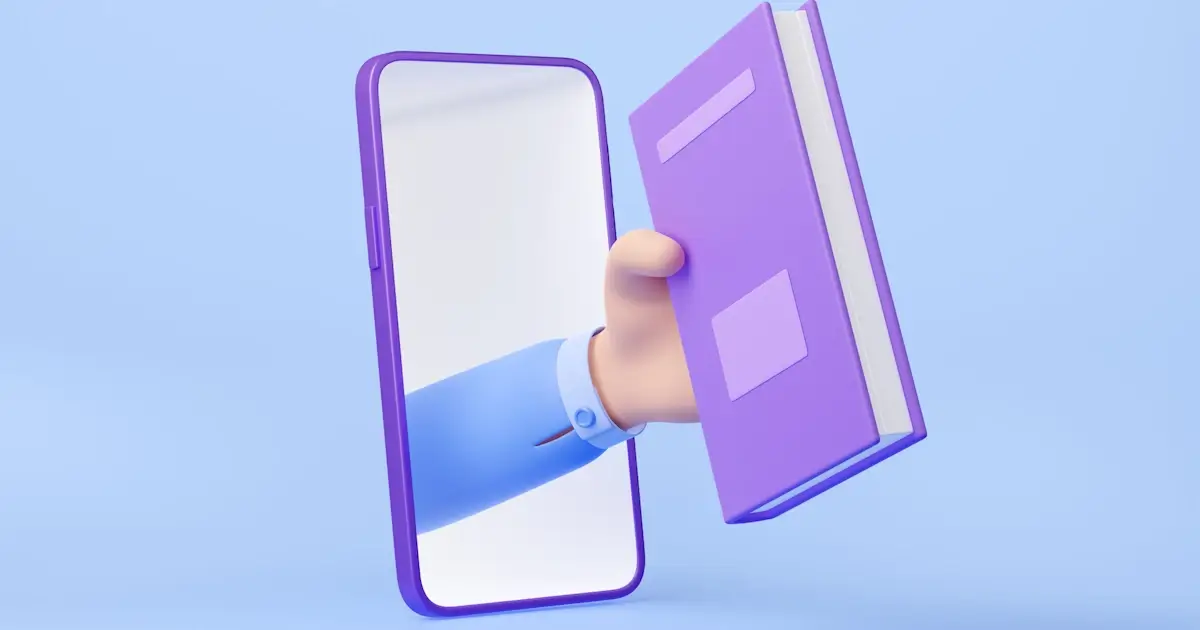More and more people are realising that a flat, 2D picture is not always the easiest for the end user to understand. To hopefully increase the understanding of their product, and in an effort to become greener more modern approaches are now being used.
We will look at several methods and weigh up their pros and cons.

Screenshots
This must be the easiest, cheapest and most convenient way to get the images for your manuals. Simply create some screenshots from your CAD application and paste them into your document. This can be achieved with basic tools such as the Windows Snipping tool, though often your CAD application may be able to save out images directly.
✔️ Fast
✔️ Easy
✔️ Can be done without a physical product
❌ Can look very amateur and basic
❌ Uses up a seat of your CAD draughtsman
❌ If the design changes will need to get the screenshots again
❌ 2D, so potentially difficult for the end user to appreciate what's occurring

Manual Drawing
It's not unheard of to have a dedicated technical author who will individually draw the images for your manual using packages such as Adobe Photoshop and Illustrator. They will start by exporting an image from your CAD application and either use it as a guide and start from scratch or spend time cleaning it up (removing unwanted edges etc) until they get what they want. Think of the instructions IKEA create.
✔️ This will, in most peoples opinion, create the best looking image for a 2D instruction manual.
✔️ You get exactly want you want
❌ Very manual process which can take a long time
❌ If the design changes a lot of rework may be required
❌ As good and clear as images may be, they are still 2D

Photos
Have someone take a photo of every step of your assembly procedure. This should be a high quality image taken with a professional camera in a professional setup to ensure good lighting and arrangement.
✔️ Seeing the real product may help some users
❌ May look very amateur if done incorrectly. To do correctly you may need to outsource a photographer, adding additional costs
❌ May hinder the end users understanding (there's a reason IKEA keep their instructions as simple line images)
❌ The finished product has to be available to photo
❌ If the design changes new photos will need to be taken
❌ 2D, so potentially difficult for the end user to appreciate what is occurring

Renders
Renders are the middle ground between screenshots and photos and often the better choice of the two. With some good render software such as SolidWorks Visualize, KeyShot or 3DS Max you can create photorealistic images. They have the advantage over photos in that you can easily manipulate the model to get the look you want in any material you want without expensive camera equipment.
✔️ Can create photo quality images
✔️ Render simple variants such as colour easily
✔️ Your product doesn’t have to have been manufactured yet
❌ Have to re-render if design changes
❌ Rendering is time consuming
❌ Need a reasonably powerful computer and graphics card
❌ 2D, so potentially difficult for the end user to appreciate what is occurring
❌ Can be problematic to include additional markup

Animations
Most of the main CAD systems have the ability to create keyframe animations. However often they can be rather limited. Rendering software can often create animations too and are generally better suited with more functionality than the options in CAD software, resulting in a more polished look.
✔️ Adding a voiceover can help understanding
✔️ Can make fantastic visuals to impress your audience
✔️ Tend to be more engaging than 2D alternatives
❌ Time consuming
❌ Users may not be able to keep up and find it annoying to keep pausing
❌ Can be problematic to include additional markup

Videos
Filming someone, even if its just their hands sounds straight forward, but actually requires a lot of preparation and expensive equipment to do right.
✔️ Having a real person in the shot may help understand the procedure
✔️️ Tend to be more engaging than 2D alternatives
❌ Having a real person in the shot may hinder comprehension of the procedure
❌ Have to redo it all if the design changes
❌ A physical product to film is required
❌ Time consuming
❌ Can look very amateur if not done right
❌ Users may not be able to keep up and find it annoying to keep pausing

Cadasio
Create fully interactive 3D interactive instructions. Really show off your product and give your end users a better understanding of your assembly, service or work instructions. When you share your projects created with Cadasio your users have the ability to rotate, zoom and interact with your product. The transition between steps will animate automatically keeping engagement and giving your instructions a more modern feel. Using the addins available you can update you projects when your design changes, saving rework, but also allowing you to start your technical communications earlier in the process.
✔️ Improve understanding of the procedure
✔️ Update easily if the design changes
✔️ Doesn’t require a physical product
✔️ Embed on your website
✔️ Reduce Printing
✔️ Free to try
✔️ Export Images and movies





